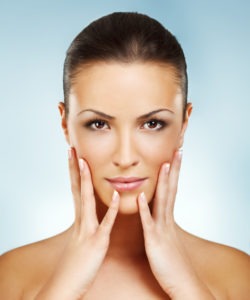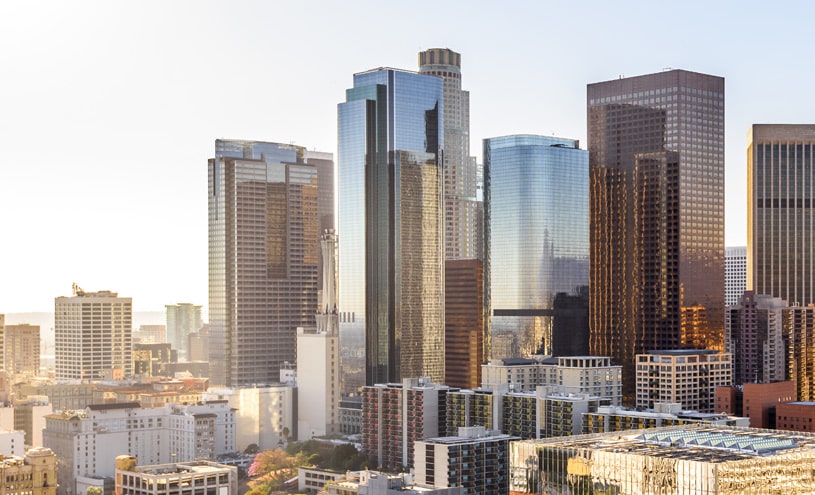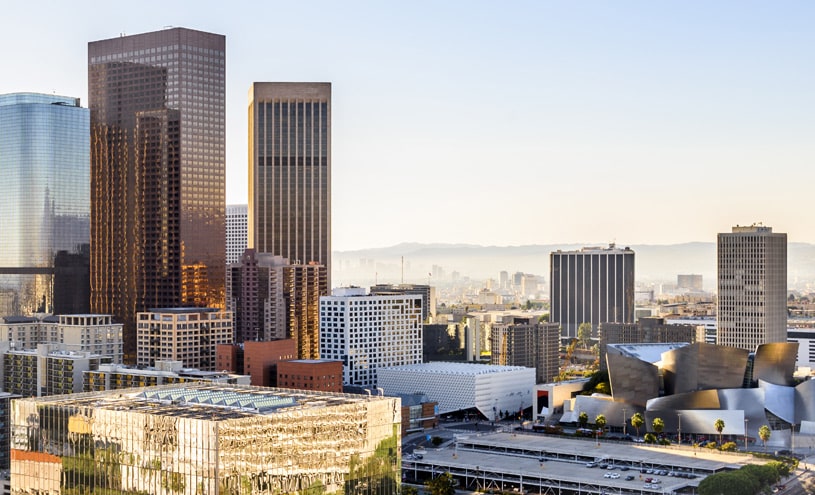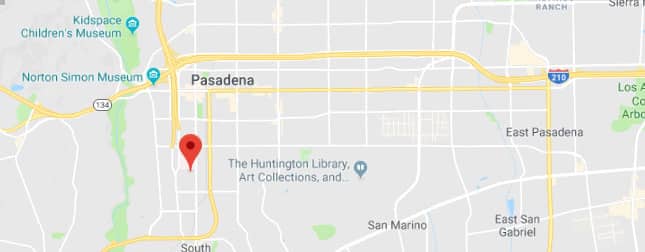 Scar revision cosmetic surgery can help improve or mitigate the appearance of scars. In addition, the procedure can help restore function and address any disfigurement (changes in the skin) due to a wound, injury, improper healing, or past surgery.
Scar revision cosmetic surgery can help improve or mitigate the appearance of scars. In addition, the procedure can help restore function and address any disfigurement (changes in the skin) due to a wound, injury, improper healing, or past surgery.
Prudent board certified facial plastic and reconstructive surgeon Eric Yavrouian provides scar revision to patients in Glendale, Pasadena, Burbank, Greater Los Angeles, Beverly Hills, CA, and other towns and cities in this region of The Golden State.
Factors Affecting Scarring
Scar tissue develops as skin recovers following an injury such as an accident or surgical procedure.
The extent of the scarring depends on the following factors:
- Depth, size, and location of the wound
- The patient’s age
- Skin attributes such as pigmentation (color)
The scope of the surgery will depend on whether the scar revision will be carried out with the patient awake (local anesthetic), sleeping (under sedation) or deep sleep and painless (general anesthesia).
Ideal Time to Undergo Scar Revision
As scars age, they shrink and become less visible. The patient may need to wait to undergo surgery until the scar lightens. This waiting period can last for many months or up to one year after the wound heals. It is ideal to receive revision surgery for some scars 60 to 90 days after the scar heals. Every scar has different characteristics.
Need for Scar Revision Surgery
Scar revision cosmetic surgery may help correct the following conditions:
- A keloid which refers to an abnormal scar that is dense and of a different texture and color from the surrounding healthy skin. Keloids project beyond the periphery of the wound and may recur. They usually appear dense and puckered resembling a tumor. A surgeon usually removes keloids at the site where they connect to the healthy tissue.
- A scar that develops at an angle to the skin’s normal tension lines.
- A thickened scar.
- A scar creating disfigurement of other features and interfering with normal function or motion.
Scar Revision Treatments
Dermabrasion
Dermabrasion involves eliminating the topmost layers of the skin using a specialized wire brush known as a burr or fraise. Healthy skin grows over this site. Patients can routinely undergo dermabrasion treatments to mitigate skin aberrations and soften its surface.
Laser
The patient may undergo laser treatment to soften the scar’s surface and promote the growth of fresh collagen within the scar.
Flap Surgery
In case of significant injuries such as burns, the patient may lose a substantial area of skin and develop hypertrophic scars. Such scars can limit the movement of joints, muscles, and tendons (contracture). The patient may benefit from the removal of excess scar tissue through a surgical procedure.
This procedure may involve a series of tiny incisions (cuts) on either side of the scar creating V-shaped skin flaps (Z-plasty). Consequently, the scar will appear less noticeable as Z-plasty may help the scar adhere more closely to the natural folds of the skin and release its tightness.
Grafting
In this procedure, the surgeon takes a thin skin layer from another body area and places it over the injured site. The grafting surgery involves shifting the full thickness of fat, skin, blood vessels, nerves, and muscle from a healthy body area to the site of the injury.
The patient undergoes these techniques when they have lost a significant amount of skin due to injury, when a thin scar does not heal, and when improved function as opposed to enhanced appearance is the main objective.
Experienced facial plastic and reconstructive surgeon Dr. Eric Yavrouian receives patients from Glendale, Pasadena, Burbank, Greater Los Angeles, Beverly Hills, CA, and nearby areas for scar revision.
For more information about treatments and procedures by Facial Plastic and Reconstructive Surgeon, Dr. Eric J. Yavrouian, serving patients in and around Glendale, Pasadena, Burbank and the Greater Los Angeles, CA area call 818-241-2150 or click here to contact him for a consultation.




 A recessive or oversized
A recessive or oversized 



